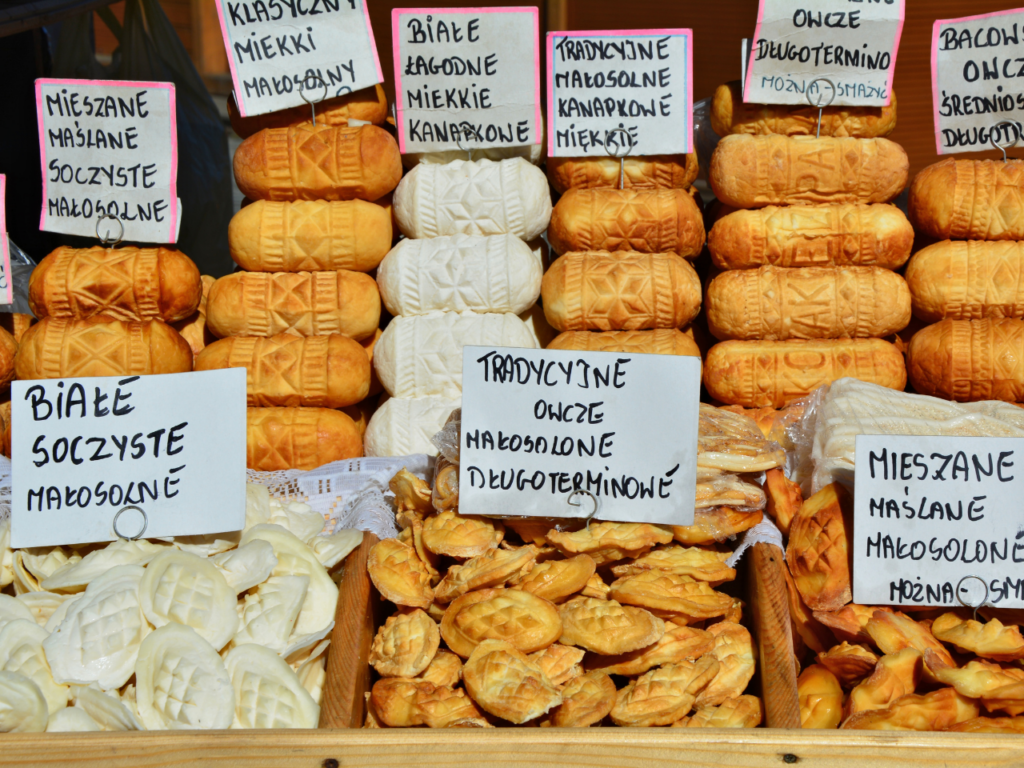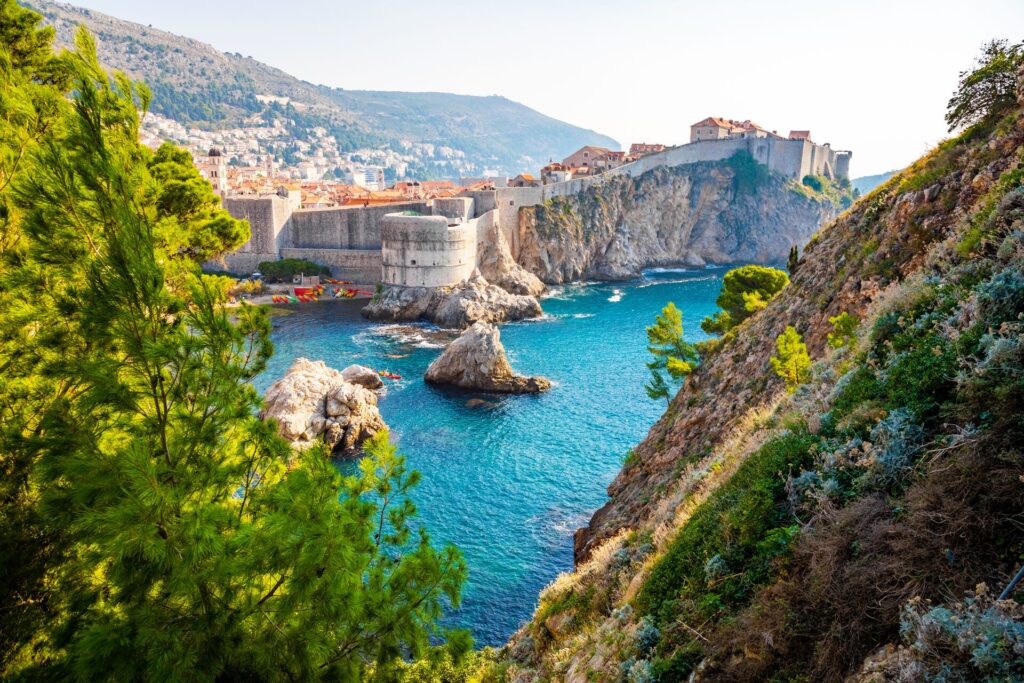No doubt the name “Dali” alone conjures up bizarre depictions of everyday objects, almost as if ripped from a dreamscape. Spanish Surrealist Salvador Dali’s art and his distinctive artistic style is more than a hallmark of his talents; it’s representative of the Surrealism art movement and continues to inspire creatives to this day.
With the artist’s 120th birthday falling on the 11th May, 2024, it’s the perfect opportunity to look at how his work has endured, and inspired, over the last century.
View this post on Instagram
If we mentioned wrist watches melting against an uncomfortably calm landscape, you can probably picture the painting in your mind. It’s a scene recreated in countless forms of pop culture and a testament to the wild artistic imagination of Dali – and yet, there’s more to the artist behind works like “The Hallucinogenic Toreador” than is reflected on the canvas.
Salvador Dali was a painter, filmmaker, and husband who wasn’t afraid to confront his own subconscious, mental health, and trademark techniques to uncover new perspectives on the world.
Quick facts about Salvador Dalí
- Born: 11 May, 1904 | Figueres, Spain
- Died: 23 Jan, 1989 | Figueres, Spain
- Known for: Surrealist art
- Famous works: The Persistence of Memory | Metamorphosis of Narcissus
- Insightful quote: “Have no fear of perfection, you’ll never reach it.”
Dalí: A painter as intriguing as his art
Salvador Dalí is far from a one-dimensional artist, though many only know him for his famed Surrealist paintings. Few are aware that his full name is Salvador Felipe Jacinto Dalí i Domenech, a fitting metaphor for the many lesser-known elements of Salvador Dalí that make his legacy all the more inspiring.
Read next: A Taste of Spain: Traditional tapas dishes you can’t miss
The artist
Salvador Dalí was born on May 11 1904 in Figueres, Spain, less than 30km from Catalonia’s border with France. He showed an interest and talent for art early in life: by age 13, his Impressionist paintings received formal acclaim, and by age 14, his work was published and discussed in print.
By the time he turned 20, he was accepted into Academia de San Fernando in Madrid and soon after considered himself a master of Impressionism. His confidence in his talents led to his expulsion from the school for refusing to take an exam.
View this post on Instagram
Dalí then lived in France, meeting Picasso in Paris, experimenting with new mediums, and joining the Surrealist Group. Once again, Dali’s conviction for his work (and apolitical stance as Hitler rose to power) earned him criticism from his contemporaries; he was expelled from the group soon after joining and “expelled” from the art style itself by the Surrealist Group’s leader, Andre Breton.
In the 1930s, Dali married; he and his wife, Gala, fled France during the German invasion. The Dalis stayed in the United States for nearly a decade, then returned to Europe. Although he endured mental health struggles for much of his life, it’s from the 1950s onward that his paranoia and obsessive habits became more pronounced.
View this post on Instagram
Salvador Dali’s art from the 1950s to the 1960s ranged from religious works and musings on immortality to deep investigations into science and mathematics. The later part of his life was a juggling act of creation and self-preservation as he continued to paint and sculpt while also devoting significant time to completing the Teatro-Museo Dalí.
Dali’s wife passed away in 1982, which sent him into a depression that hampered his painting. A freak accident in 1984 — a small fire from a short circuiting call button used by his attending nurses — left him confined to a wheelchair until his death in 1989.
Save for later: The Vienna coffee houses that inspired great writers and artists
The art
Surrealism is synonymous with Salvador Dalí. As one of the leading creators of the Surrealism art movement, Dali’s name is forever linked with the work that exists seemingly between dreams and reality. However, it disparages the artist to only discuss his Surrealist contributions.
Dali’s Surrealist style was born from his interests in varied art styles ranging from Classical to Impressionism to Futurism. There’s no doubt that Picasso’s Cubism and Neo-Cubism also caught his attention, though one of the largest influences on his works was Sigmund Freud.
The evolution of his art runs parallel with maturation, mental health struggles, and various obsessions with the subconscious, religion, and geometry, among other subjects. This set of eclectic interests, combined with his imagination and technical painting skills, make his non-Surrealist works more than an underscore of his career.
View this post on Instagram
For example, his time in the United States during the 1940s working with Alfred Hitchcock and Walt Disney helped push him toward his classical period in the 1950s. Acclaim for his work grew in the 1960s when he received the Grand Cross of the Order of Isabella the Catholic, a high honor bestowed by Spain’s monarchy. This award pushed him further to go beyond 2D art and into the third (and in his aspirations, fourth) dimension.
Compare Salvador Dali’s art of 1930s, 1950s and 1970s Dali: such as Phantasmagoria (1930), The Madonna of Port Light (1950), and Galatea Des Spheres (1970).
Notice that his paintings and sculptures, while increasingly proficient in a technical sense, began adopting increasingly more abstract concepts. Look to his final work, The Swallow’s Tail – Series on Catastrophe: an oil canvas painting based on the mathematical catastrophe theory proposed by Rene Thom.
View this post on Instagram
Looking at the complete body of Salvador Dali’s art, you can see strokes of brilliance and madness, as his mastery of “known” technical art is in an unbalanced, almost symbiotic relationship with the mystery of the “unknown” he sought to explore.
Insight Investigates: Why Spain is considered the most passionate European destination
The legacy
Like many of the great artists from Spain, Dali’s legacy lives on in modern art’s roots today. The balloon art of Jeff Koons, the abstract nature of George Condo, sculptures of Joseph Kilbansky all reflect inspiration from the Surrealist icon.
View this post on Instagram
Ross Muir’s reimagining of The Persistence of Memory into a contemporary work called Clocks is just one example of Dali’s transcendence from Surrealist art into pop culture. In cinema, galleries, and even clothing design, Dali’s presence pops up as creative minds pay homage to one of the art world’s most intriguing figures.
Where to find Salvador Dali’s art in Spain
Salvador Dali’s art works are found around the world — from the United States’ The Dalí in St. Petersburg, Florida, to The Belfry of Bruges and Dalí Paris. When visiting Spain, you’ll find a collection of his sculptures in Caesarea’s Ralli Museum.
Although the most extensive collection of his works is located in Florida, the Dali Theatre and Museum in his hometown of Figueres had something the United States doesn’t: Dali himself.
View this post on Instagram
The Mayor of Figueres asked Dali to donate a piece of art to the city; Dali responded by establishing the full museum, the design of which is considered the world’s largest Surrealist object. After his death, Dali was laid to rest in a crypt at the center of the museum.
We invite you to join Insight Vacations on an inspiring adventure across Dali’s home country. Our Highlights of Spain tour takes you across 8 Spanish cities, including Madrid, Valencia, and Seville. Explore the Moorish city of Córdoba, wander Granada’s Albaicin Quarter, and see the Sierra Nevada mountains on your journey toward Andalucía. This 9-day tour begins in Barcelona, offering you an opportunity to arrive early and take an independent day trip to Figueres to visit the Dalí Theatre and Museum.
Uncover more of Spain’s history, art, and extraordinary residents with Insight Vacations.




